Did you suddenly notice your Toyota Tacoma vibrating while accelerating, and you want to know what you can do about it? You’ve come to the right place, for we have researched this question, and we have the answer for you.
A problem can cause the vibration on your Toyota Tacoma in any of the following:
- Engine mounts
- Inner CV joints
- Lug nuts
- Tires
- Axle
- Driveshaft
- Universal joint
- Spark plugs
- Brake caliper
That is a lot of possible suspects. We will talk about each one in detail in the succeeding sections so you can eliminate the ones that do not apply to your Toyota Tacoma. Read on!
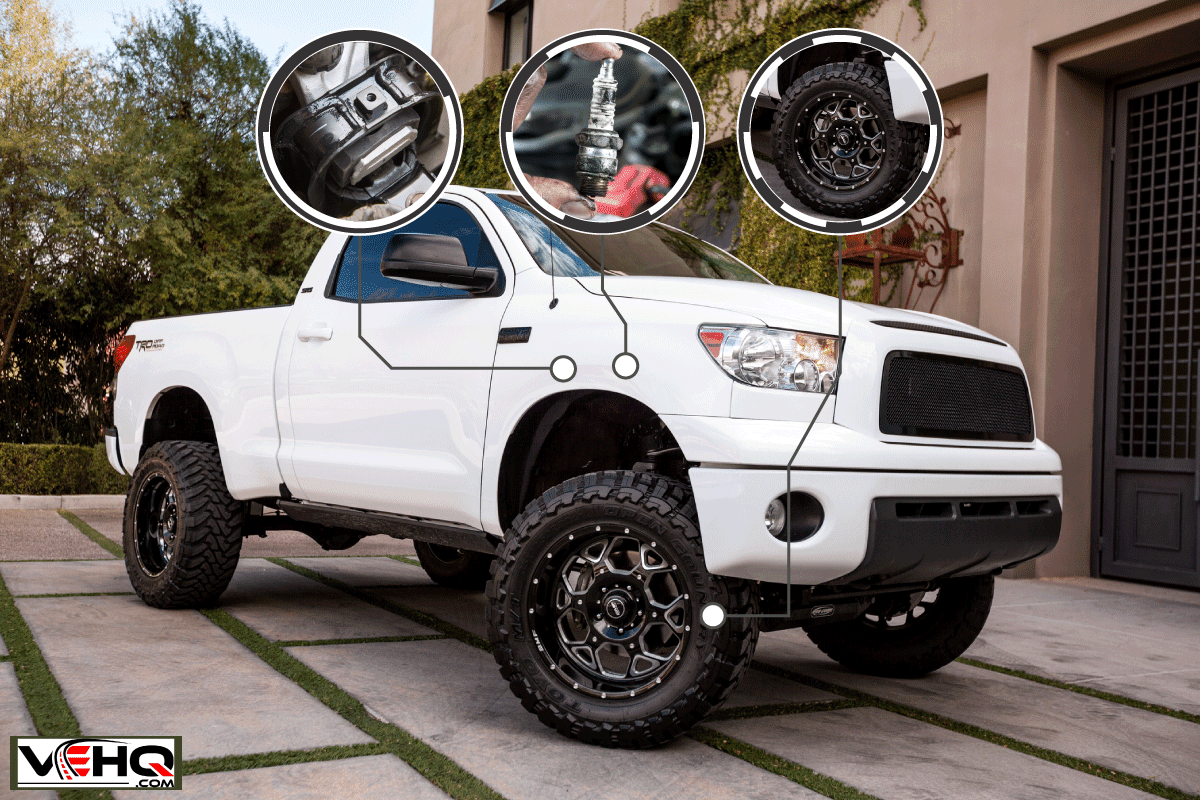
How can a problematic engine mount cause your vehicle to shake?
An engine mount is a rubber-made component that eliminates any metal-to-metal contact between the engine and the body of your Toyota Tacoma. Some engine mounts have liquid inside that absorbs the engine's vibration, much like how a shock absorber absorbs the shock from the wheel of the car.
Toyota even uses vacuum-controlled engine mounts in some of its vehicle models. This type of engine mount can adapt its dampening properties based on the situation.
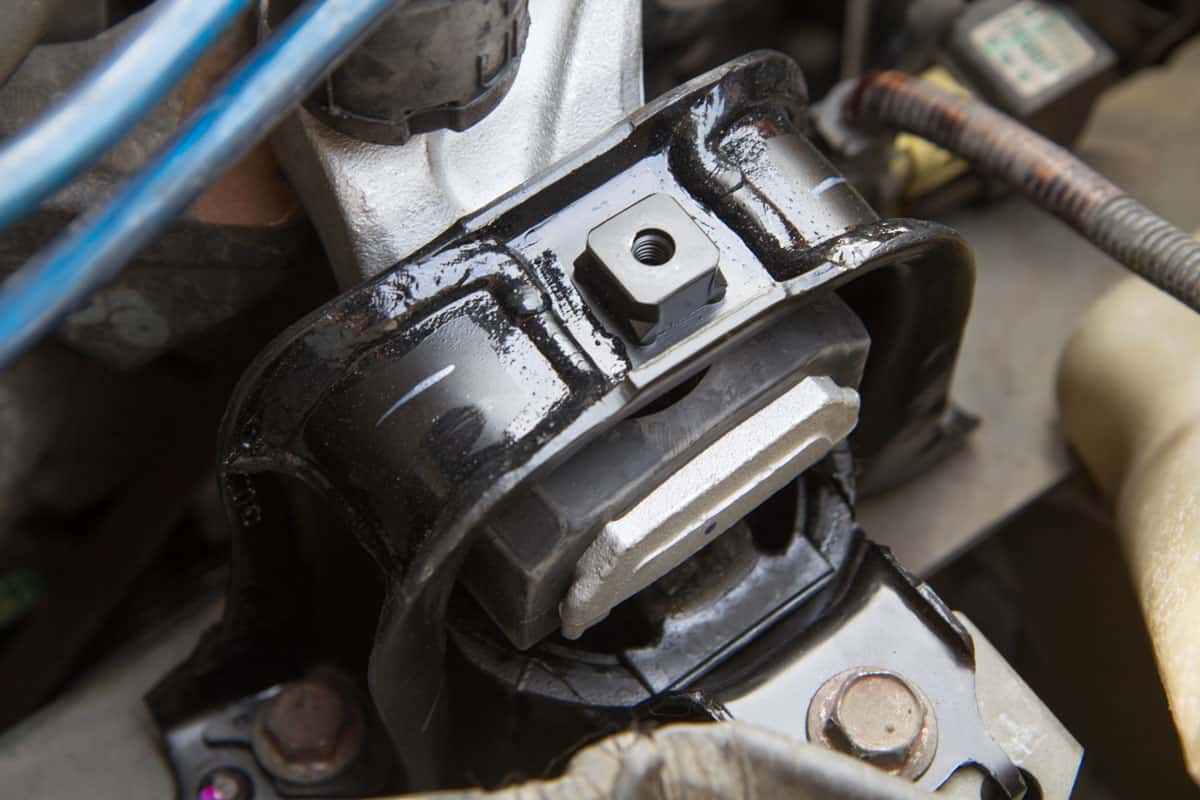
Excessive vibration in your car is the most common symptom of a problematic engine mount. If the engine mount is starting to fail, then it will no longer be able to do what it was made to do—absorb the vibration coming from your engine.
Unfortunately, no repair or maintenance can be made on an engine mount. Once it goes bad, you will need to replace it.
A failing engine mount should be replaced immediately because it can cause the engine to lose alignment. Lost alignment can damage other important parts of the car, like the transmission, that relies on it.
The Eagle BHP 7214 engine mount for Toyota Tacoma or 4Runner, is available on Amazon. Check it out through this link.
Transmission Mount
Some people consider the transmission mounts as part of the engine mounts. An engine could have two or three mounts, and the transmission would have an additional two or more.
Similar to an engine mount, transmission mounts are mostly made of rubber or a urethane compound. Its purpose is also to absorb the vibration (and noise) coming from the transmission.
Thus, if the transmission mount has the same problem as the engine mount, then it would no longer be able to absorb the vibration coming from the transmission and can cause your Toyota Tacoma to vibrate, even more as you accelerate.
How does a broken inner CV joint cause your car to vibrate?
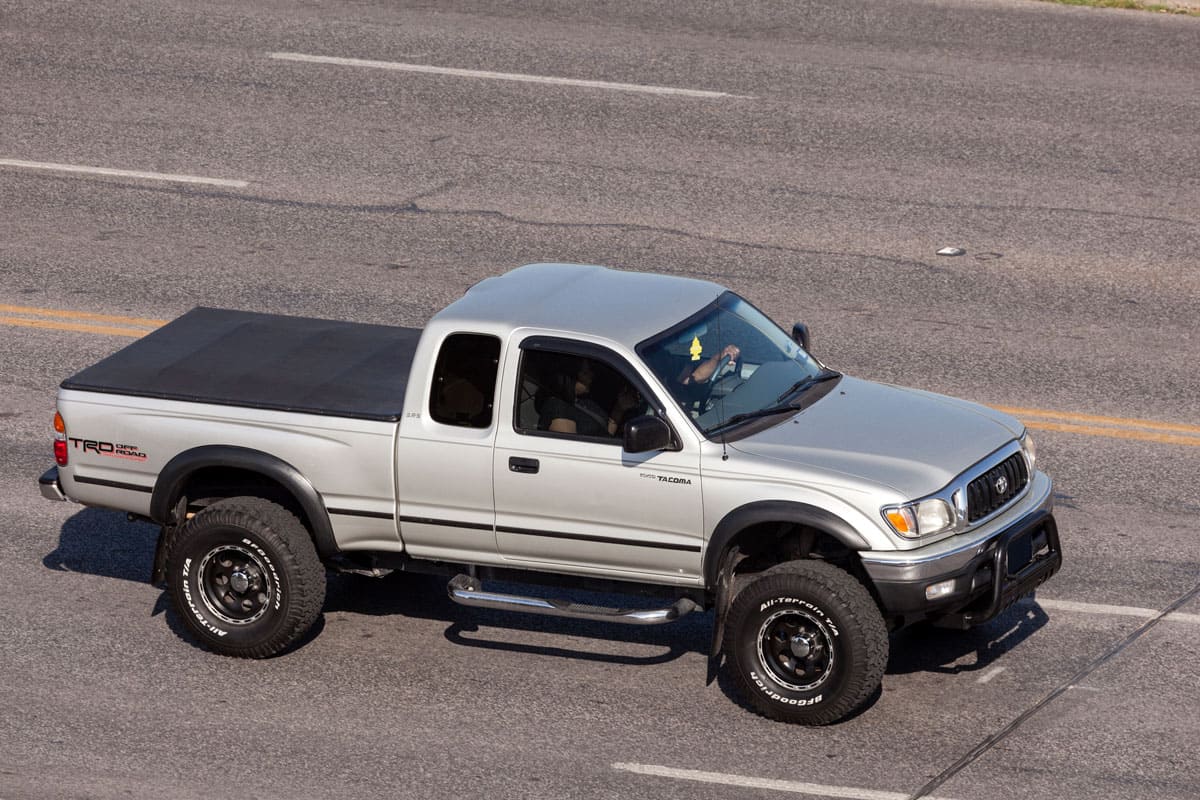
A constant velocity joint or a CV joint is hard to troubleshoot because you will only see the damage after you remove the CV joint and clean off the grease inside. However, a damaged CV joint will cause your Toyota Tacoma to vibrate while accelerating.
One particular characteristic of a damaged CV joint is that the vibration goes away when you let go of the gas pedal. When you start to cruise at a steady speed, your car will no longer vibrate.
Damage to the inner CV joint cannot be repaired, however. The only solution to the problem is to replace the inner CV joint.
Replacing a damaged inner CV joint should be done immediately. The CV joint is connected to the transmission, and if a damaged CV joint is not replaced immediately, it can damage the transmission.
This is a rare cause of vibration on the Toyota Tacoma. The CV joint is present only on vehicles with an FWD drivetrain. The Toyota Tacoma is commonly an AWD truck, but it can be sold with an option to install an FWD instead of an AWD.
Two front CV axles with outer joint hub seals, compatible with 4WD Tacoma, are available on Amazon. Check it out through this link.
Can loose lug nuts cause vibration?
A lug nut—also called a wheel nut—are the nuts that keep your wheels securely connected to your Toyota Tacoma.
If some of your lug nuts are loose, then the wheels of your Tacoma will not be secure, and they can wiggle or shake while you’re driving. You will feel most of the vibration from a loose tire at the steering wheel.
To verify if one or more of the tires are loose, raise your Tacoma on the suspected side. Hold the problematic tire with both hands and try to shake it. Tighten the lug nuts if the tire shakes.
Always use a lug wrench and a torque wrench when tightening the lug nuts so that you will be sure that you are using the correct amount of torque on the lug nuts.
Can unbalanced tires cause vibration?
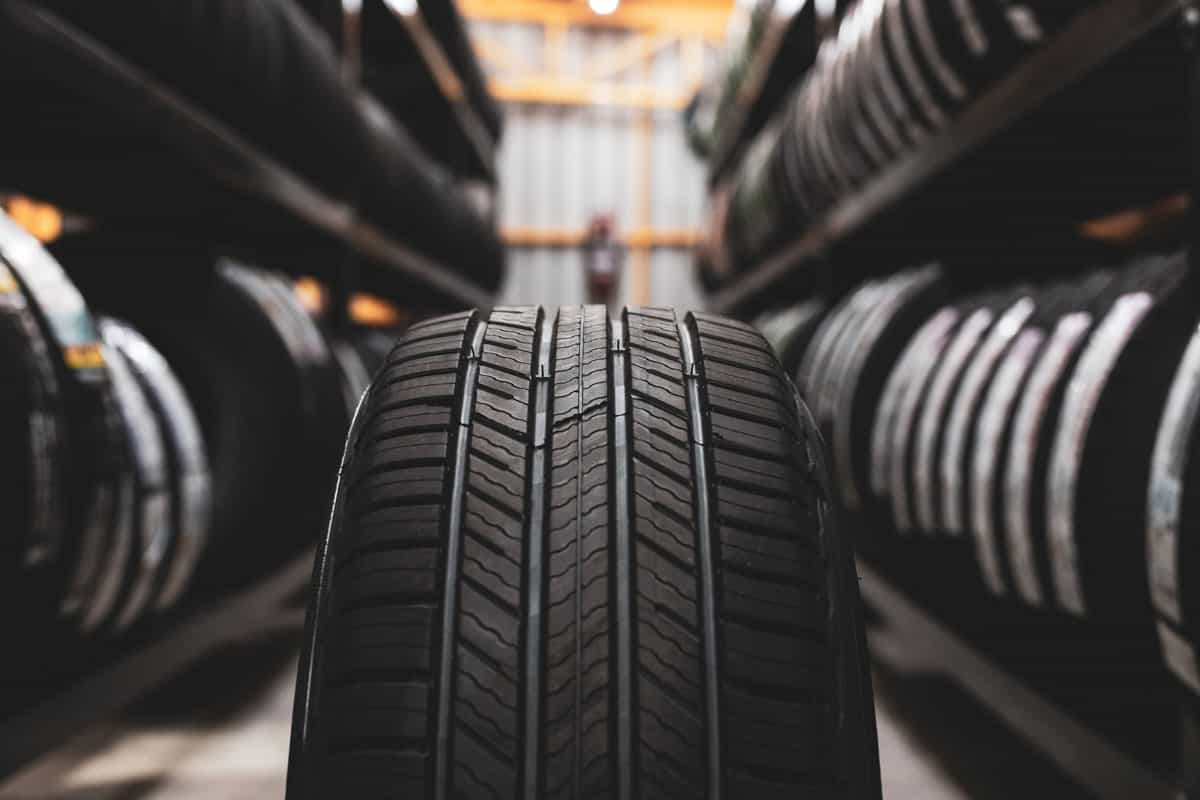
Tires should be balanced to make sure that weight and wear are distributed evenly on their surfaces. Tires that are not balanced can wobble and vibrate, which is primarily felt through the steering wheel. Even an imbalance of half an ounce is enough to cause the tire to vibrate.
Bring your car to a tire shop, and they will check your tires for imbalance. Tire weights will be installed on your tires where imbalance exists.
How a bent axle causes your car to vibrate?
A bent axle will cause a behavior on your wheel area that is the same as an unbalanced tire or a loose lug nut. A bent axle can be the result of a recent accident or hitting your axle on a rock or a similar hard object.
The axle will no longer turn smoothly until the bend is fixed. However, you cannot repair a severe bend. Replacing the axle is the only solution for a severe bend.
Putting off the replacement of a bent axle can damage the CV joints, the wheel hubs, and other components. The differential of your Toyota Tacoma is one of the components that a bent axle can damage.
Bring your Toyota Tacoma to a certified mechanic if you notice a change in the handling of your Toyota Tacoma after a recent accident. They would know what to check and determine if they can still repair the axle or whether it needs a replacement.
Can a bent driveshaft cause my car to vibrate?
The driveshaft is what sends torque from the transmission to the differential. The differential, in turn, passes this torque to the wheels to move your truck. The main purpose of the driveshaft is to transmit the power coming from the engine to components that are far from each other.
If the driveshaft is no longer straight, its rotation will create a vibratory movement on the differential. Vibration can increase the wearing of the different components that are connected to the driveshaft.
Damage on the driveshaft can be from an accident or when you were driving your Tacoma offroad and slammed the driveshaft on a rock or a similar object. Unfortunately, the only way to fix this problem is to replace the driveshaft.
Can a faulty U-joint cause vibration?
The U-joint or the universal joint is what connects the driveshaft to the differential.
If one of the connections of the U-joint is loose or broken, then it will cause the driveshaft to move from left to the right with each rotation. This vibration gets worse as you accelerate your Tacoma.
Failures with the U-joint are often the result of an underlying problem.
Bring your Tacoma to a mechanic to identify the underlying cause and fix both problems. Otherwise, a new U-joint will have the same issue if you do not fix the underlying cause.
What are the symptoms of a dirty spark plug?
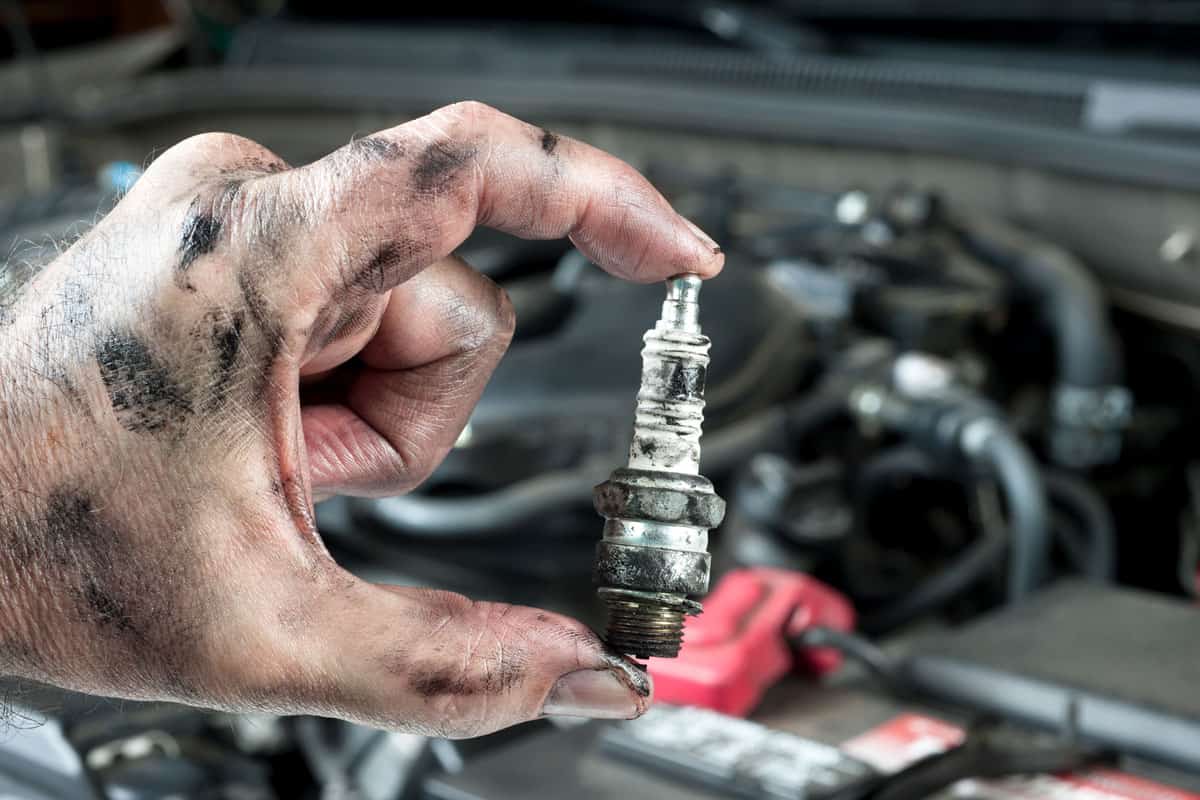
Dirty spark plugs will cause your engine to misfire in one or several cylinders. A misfire on your engine will cause it to shudder or vibrate.
This vibration can happen whether your Tacoma is on idle or while it is running.
Bring your Tacoma to a mechanic to check the spark plugs and the wiring on the spark plugs. The mechanic will be able to identify any other problems that can be creating the symptoms on the spark plugs. Examples of these problems are air and fuel issues.
Can a problem with the brake caliper cause shaking?
If the brake caliper doesn’t release the brake rotors after you brake, then the brake rotor will vibrate as it tries to break free of the calipers. You can usually feel this vibration at the steering wheel only.
Another source of vibration from the braking system is when the braking rotors are out of alignment. The misalignment will cause the rotor to vibrate when the calipers press against it to decelerate your Tacoma.
Worn brake pads can also cause a vibration of the rotors.
Bring your Toyota Tacoma to a service center or a certified mechanic to determine which of the different braking problems is causing the vibrations.
Conclusion
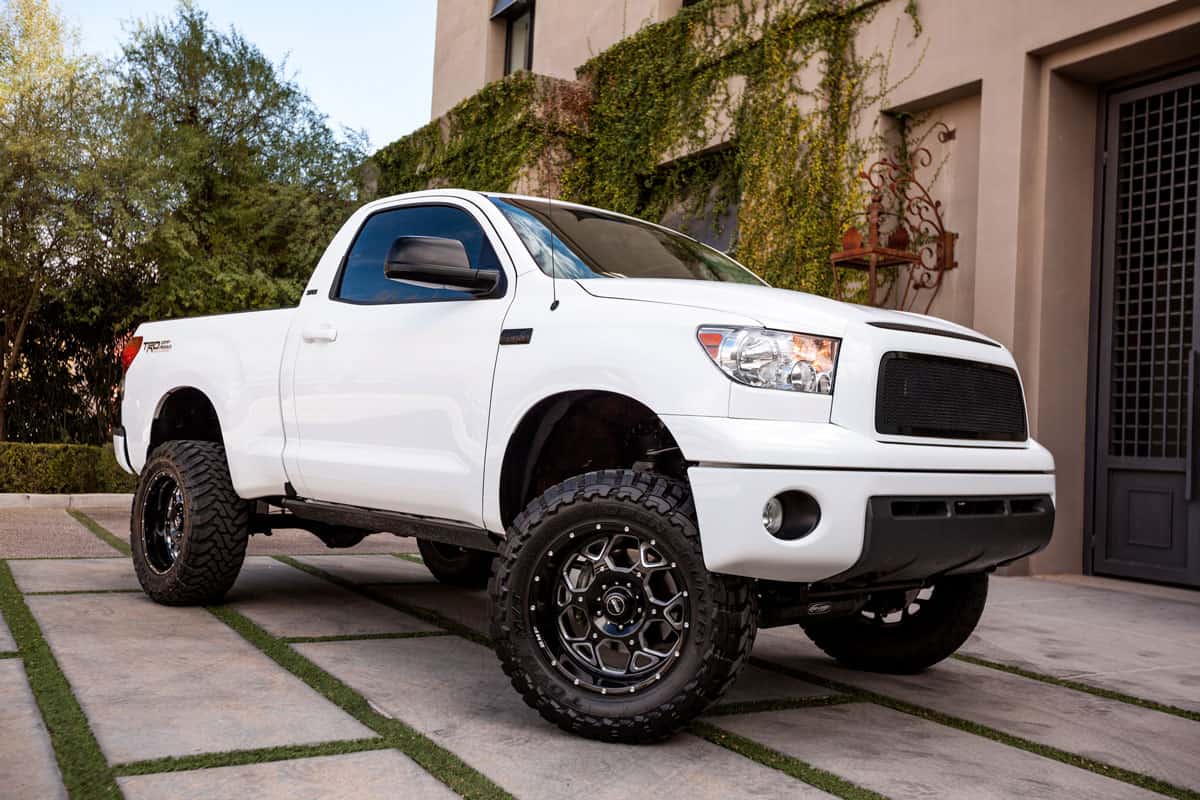
There are many reasons why your Toyota Tacoma would vibrate. Go through each possible cause and eliminate the ones that do not apply to your Toyota Tacoma to get to the real problem.
If you enjoyed reading this article, you might find the articles below equally enjoyable to read:


